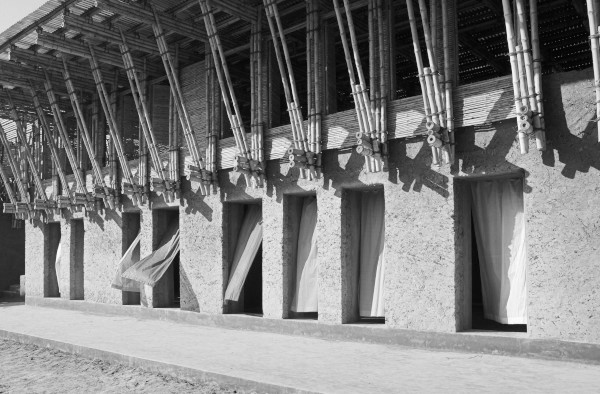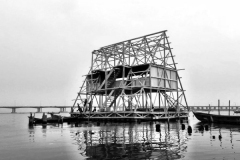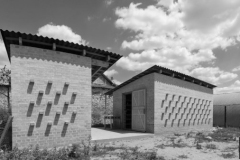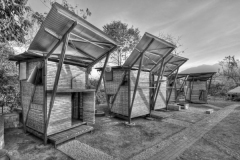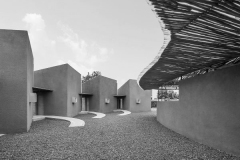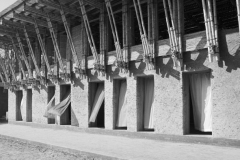Building a Community
Reflections on the Value of Socially Motivated Community Building Projects
Text: Péter Fejérdy
The wave of socially-sensitive projects often realized by community-building projects that emerged around the turn of the millennium also opened up exciting new ways in Hungarian architectural education in the 2010s. Students and teachers are eager to choose marginalised communities as the subjects of their studies. A wide range of design assignments deal with deep poverty, segregated groups or local communities in search of their identities. Most of the exciting design assignments are based on real-life situations, so the idea of implementing designs by students is becoming increasingly common. It is perhaps from these positive energies that the latest wave of students’ building camps has been started in almost every school of architecture. The camps are planned around several objectives and hoped-for benefits. They all share a common joy of real construction, the importance of experiencing the working of materials, and the web of relationships between builders. However, the aim of these camps, which are also social and community-building projects, goes beyond this. The explicit objective is ‘social utility’, to change the life of a community for the better. The good intentions in this regard are clear, appreciated and beyond debate. However, these projects are fundamentally different in nature and often require knowledge that is not clearly available on the part of the creator. The acupuncture of the will to help in the life of a community also involves a number of risks. The hoped-for uplift of local communities after the completion of a building project that has gone well or not so well is often different from the way in which the goals were formulated. This study attempts to provide a more nuanced and detailed picture of the real values of the works produced in these camps.
